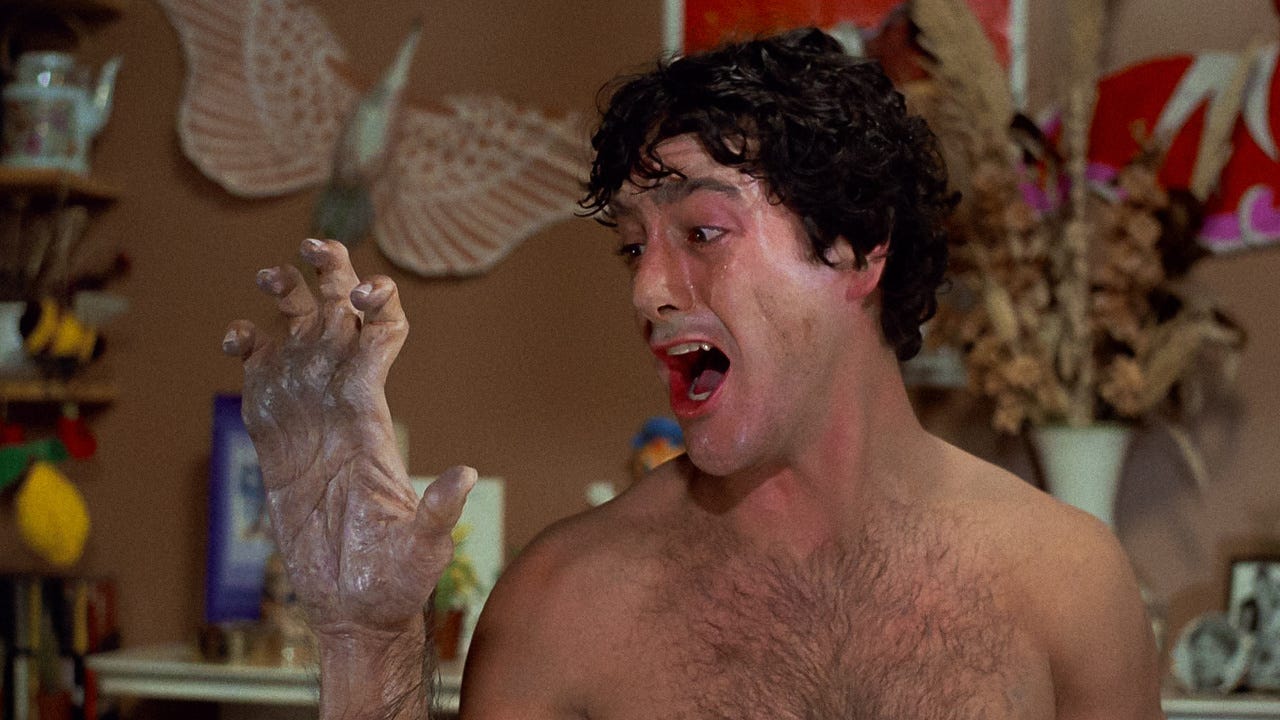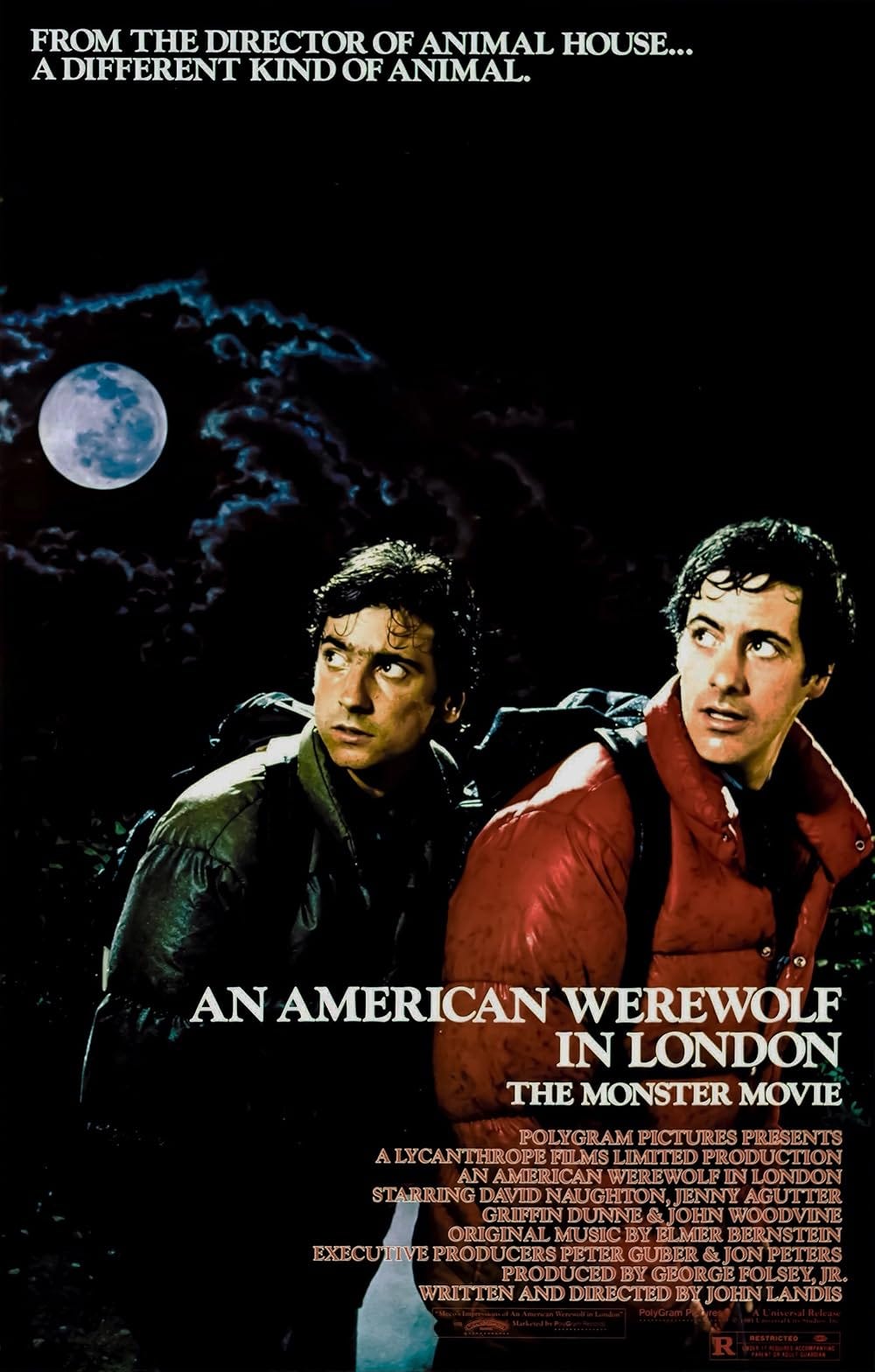After five weeks of dominating not just the box office but the moviegoing culture as well, I think it’s safe to say that Sinners is a hit.
We can already add it to the list of classic vampire movies. And that’s a pretty long list. You’ve got Nosferatu (1922) and both Dracula (1931) and Dracula (1958) setting the template. Then you’ve got films like Near Dark, Let the Right One In, and Blade all pushing the subgenre boundaries. And you can make a case for films like From Dusk Till Dawn, The Lost Boys, Bram Stoker’s Dracula, Only Lovers Left Alive, Ganja & Hess, the list goes on.1 (Like I said, it’s a pretty long list!)
It’s always a reason for celebration when an original film is as successful as Sinners. And because it dropped just four months after Nosferatu (2024)—which was also a box office hit relative to budget and expectations—you could say that vampires are having yet another “moment.”2 As a horror fan, I think that’s great. Shouts out to them.
But whenever vampires are firmly perched at the top of the movie monster hierarchy, as they usually are, it makes me a little sad to think about how far werewolves have fallen.
Werewolves have long been my favorite of the classic monsters. I think they’re the most thematically complex—or they can be, if written well. And yet, lycan fans like myself have been sidelined for decades as vampires, zombies, and ghosts have dominated the horror genre.3 In fact, I don’t think we’ve gotten a truly great werewolf film since An American Werewolf in London.
And what a year that was. 1981 treated us to four werewolf movies. It all got started with The Howling in March, which reigned supreme as the greatest werewolf movie ever for just over five months until An American Werewolf in London arrived in August. And Wolfen, released in July and starring Albert Finney, is really good too even if it got a bit lost in the shuffle.4 Even Larry Cohen’s Full Moon High (which walked so that Teen Wolf could run) isn’t bad. That’s four good to great werewolf movies all in the same year. And we haven’t even come close since.
Sure, there have been some really good werewolf movies in the past 44 years.5 But I don’t know that there have been any great ones. Perhaps because An American Werewolf in London broke the mold right after shaping it.
The first reason is a bit of an obvious one: John Landis’ special effects team perfected the transformation sequence.6 If you’ve seen the film, you know that this is the pinnacle of cinematic werewolfishness. I won’t go into detail about how he did it (there are many videos dedicated to this scene), but I’ll note that Rick Baker—who was only 30 years old at the time—won the first ever Academy Award for Best Makeup on the strength of his work here. And it’s extremely well deserved, as evidenced by the six additional Oscars he’s won since then.
It’s such an achievement that filmmakers seem to avoid it or work around it nowadays. We get glimpses of transformation sequences in some werewolf movies, but directors never really go for it the way Landis and Baker did. Many have tried, especially once computer-generated lycanthropy was made possible, but I’m not sure a CGI metamorphosis has ever really cleared the bar. And there are some really, really bad ones.
Have modern filmmakers become gun-shy over the prospect of a werewolf movie because they know they can’t top Baker’s masterpiece? Maybe not. But it’s the most essential piece of lore for these creatures, and it’s not exactly an easy thing to pull off.7
If the outstanding effects are the biggest reason for An American Werewolf in London’s legacy, the second biggest reason accidentally led to Baker’s involvement. The screenplay’s tone had Landis shopping the project around for more than a decade. Prospective investors believed that it was too funny to be a horror movie, too scary to be a comedy, or both. Of course, Baker wouldn’t have been involved if the project had gotten a green light in 1970, but I’m sure Landis didn’t want to shelve it for all those years.
That said, it probably helped that he made Animal House and The Blues Brothers beforehand, because the tone of An American Werewolf in London is a tricky assignment. Those potential investors were right in a sense. It’s funny! It’s scary! They were just wrong in thinking that the two moods couldn’t coexist in one film.
And maybe that’s worked against the werewolf subgenre ever since. Maybe we can chalk up the failures and the modest successes to the directors’ inclination to lean mostly into horror or mostly into comedy rather than trying to walk the tightrope that Landis did. Or maybe seasoned viewers like me who know their werewolf film history are trying too hard to shove modern offerings into the very specific box that An American Werewolf in London fits so neatly inside.
But you know what? I have to give director Anthony Waller credit, because he actually did try to replicate Landis’ feat. It’s too bad that An American Werewolf in Paris is terrible though. We could’ve enjoyed a lengthy franchise featuring werewolves popping up in various European countries.8
An American Werewolf in London is now streaming on Kanopy, Hoopla, and Pluto TV, and it is available to rent elsewhere.
If I failed to mention your favorite vampire film, please sound off in the comments. (I think mine is Near Dark, for the record.)
Nosferatu (2024) made $181 million worldwide, more than doubling Robert Eggers’ most profitable film before that. (The Northman made nearly $76 million worldwide.)
Frankenstein’s monster hasn’t gotten much shine since the Universal horror canon faded away, but Guillermo Del Toro and Maggie Gyllenhaal might be changing all of that within the next year.
Wolfen uses the camera as the werewolf’s point of view, similar to what John Carpenter did in Halloween a couple years prior and Sam Raimi did later that year in The Evil Dead. It pulls it off quite well too.
Among my favorite really-good-but-not-great werewolf movies since 1981: Late Phases, The Wolf of Snow Hollow, Werewolves Within, Silver Bullet, Dog Soldiers, and Teddy.
Before I give Landis too much credit for this or any film, I’m obligated to note that three people (including two children) would still be alive today if he’d never made a single thing. No legacy is bigger than that.
The recent Wolf Man, which is okay at best, barely even tried in the effects department. As I said in my Letterboxd review, you wouldn’t even know Christopher Abbott’s character is supposed to be a werewolf.
I’m betting they would’ve gone to Italy next, but Prague would’ve gotten my vote.






I would say Ginger Snaps gets closest.
Also highly recommend a way more fun and better than it should be 90’s gem with an amazing looking werewolf called “Bad Moon”. Directed by Eric Red, who wrote Near Dark, and starring the kid from 90’s Dennis The Menace.
I think Dog Soldiers is one of the most fun werewolf movies ever. But it was definitely not as expensive -looking as Landis' picture.